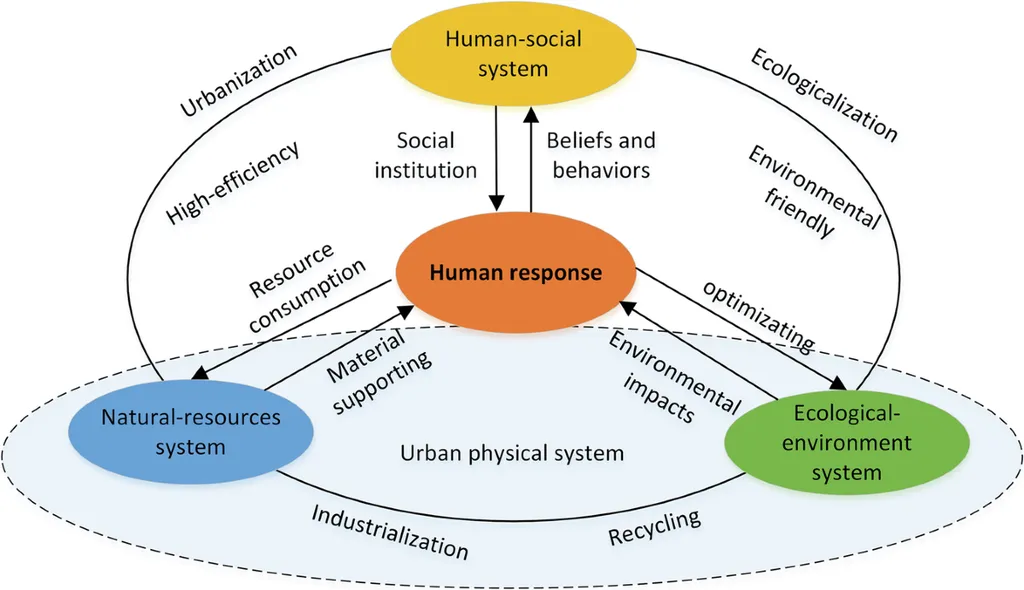In the heart of Xi’an, China, a quiet revolution is taking place—not in technology or policy, but in the very fabric of the city’s historic Hui communities. A groundbreaking study led by Qing Zhao of Kashi University is reshaping our understanding of urban resilience, with implications that could ripple through the construction and energy sectors.
Zhao’s research, published in the *Journal of Asian Architecture and Building Engineering* (known in English as the *Journal of Asian Architecture and Building Engineering*), focuses on the spatial morphological resilience of Xi’an’s Hui historical districts. These areas, characterized by their unique blend of social, cultural, and spatial dimensions, are being re-examined through a lens that combines urban morphology, socio-ecological resilience science, and complex adaptive systems theory.
The study introduces a multidimensional assessment framework that evaluates “behavioral space adaptability,” “social space stability,” and “physical space diversity.” This framework is not just academic jargon; it’s a practical tool that could inform future urban planning and development. “By understanding the resilience of these spaces, we can make informed decisions about preservation, renovation, and even new construction,” Zhao explains.
The findings are illuminating. In the Hui community around the Drum Tower, the study identified eight morphological regions with high resilience, 26 with relatively high resilience, seven with medium resilience, 15 with relatively low resilience, and 12 with low resilience. Notably, the spatial distribution of resilience showed a clear proximity effect to mosques, highlighting the cultural and social significance of these structures.
So, what does this mean for the construction and energy sectors? For one, it underscores the importance of preserving and adapting historic structures in a way that respects their cultural and social context. This could open up new avenues for sustainable urban development, where energy-efficient renovations are tailored to the unique characteristics of each community.
Moreover, the study’s focus on resilience could inform the design of new buildings and infrastructure. By prioritizing adaptability, stability, and diversity, architects and engineers can create structures that are not only energy-efficient but also better equipped to withstand and recover from disruptions.
As Zhao puts it, “This research is not just about understanding the past; it’s about building a more resilient future.” And in a world grappling with climate change and urbanization, that future could be just around the corner.

